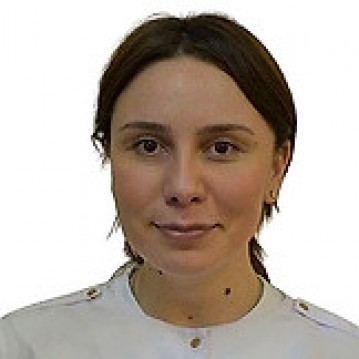When it comes to heart health, the first thing that comes to mind is the ECG. However, there are other research methods, providing valuable information about the state of our main “engine”. One such innovative method is the treadmill test.
Imagine: a treadmill on which the patient moves at different intensities, allowing the doctor to evaluate how the heart adapts to physical activity. This approach makes it possible to identify some problems that may go unnoticed with a standard ECG.
Treadmill test: we understand the features and advantages
Each of us has probably undergone a classic ECG at least once in a hospital setting, when you just need to lie down and relax. But what if we add a little movement? This is where the treadmill test comes to the rescue, which is an electrocardiography in dynamics.
The essence of this method is that the patient undergoes an ECG while on a treadmill. The electrodes record the rhythm of the bioelectrical activity of the heart, as in a classic ECG. However, here's the key difference: your feet are in motion.
This is especially valuable for cardiologists. Some potentially dangerous disturbances of cardiac activity may not be evident at rest and become noticeable only during physical activity. The treadmill test provides the ability to identify such hidden problems.
One of the key advantages of this method is its flexibility. The doctor can adjust the load on the patient by changing the speed of the treadmill and its inclination angle. In this way, the study can be tailored to the needs of each individual patient. Moreover, thanks to modern technologies, it is possible to monitor various parameters of the patient’s body during the procedure, which makes the test even safer and more informative.
Test on training equipment: details of the treadmill procedure
A treadmill is a treadmill used in medical practice to evaluate heart function under conditions of physical activity. This type of diagnosis helps doctors determine the risk of developing cardiovascular diseases and assess the patient’s overall physical fitness.
How is a treadmill test performed?
The procedure begins with sensors for recording an ECG and a cuff for measuring blood pressure being attached to the patient. Initially, basic monitoring is carried out: ECG and pressure readings are recorded in a calm state. After this, the patient begins to move.
The treadmill procedure itself consists of a gradual increase in load. This is achieved by accelerating the speed of the belt and/or changing the angle of its inclination. This approach allows the doctor to assess how the heart responds to different levels of physical activity.
The test may be terminated if:
- The appearance of pain, including discomfort in the heart area.
- Significant fatigue or shortness of breath.
- Abnormal changes on the ECG.
- Achieving maximum heart rate values.
- Sharp fluctuations in blood pressure.
After completing the main part of the test, the patient needs to rest for 5-10 minutes. At this time, ECG and blood pressure monitoring continues to assess the rate of recovery to baseline values.
It is important to emphasize that the treadmill test is safe for people of all ages. There are special programs for older people and patients with heart disease that take into account the individual characteristics of the body.
Treadmill testing: indications for research
A treadmill test, sometimes simply called a treadmill, is a medical test that diagnoses and evaluates the function of a person's heart during exercise. This is a method that is becoming increasingly popular in clinical practice and has a number of specific indications.
Who is the treadmill test recommended for?
- People with diseases of the cardiovascular system. This helps in diagnosing various heart diseases, assessing exercise tolerance and monitoring the patient's condition during treatment.
- People without obvious heart problems. For example, if necessary, evaluate the heart’s response to physical activity or during professional selection for certain types of activities.
- Professional athletes. Important for assessing their physical endurance and optimizing their training program.
So, what is a treadmill test? is a way to assess how your heart responds to exercise in a controlled medical environment.
Contraindications for testing:
- The first 5 days after myocardial infarction.
- Uncontrolled heart rhythm disturbances.
- Acute forms of myocarditis, heart failure and some other cardiac conditions.
Important! There is a specialized option - a medical treadmill with a patient weight unloading system, which allows you to test even those who have a body weight of up to 200 kg or have severe pathologies of the leg joints






























